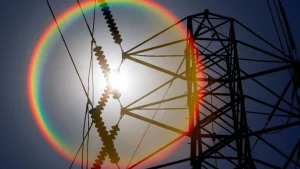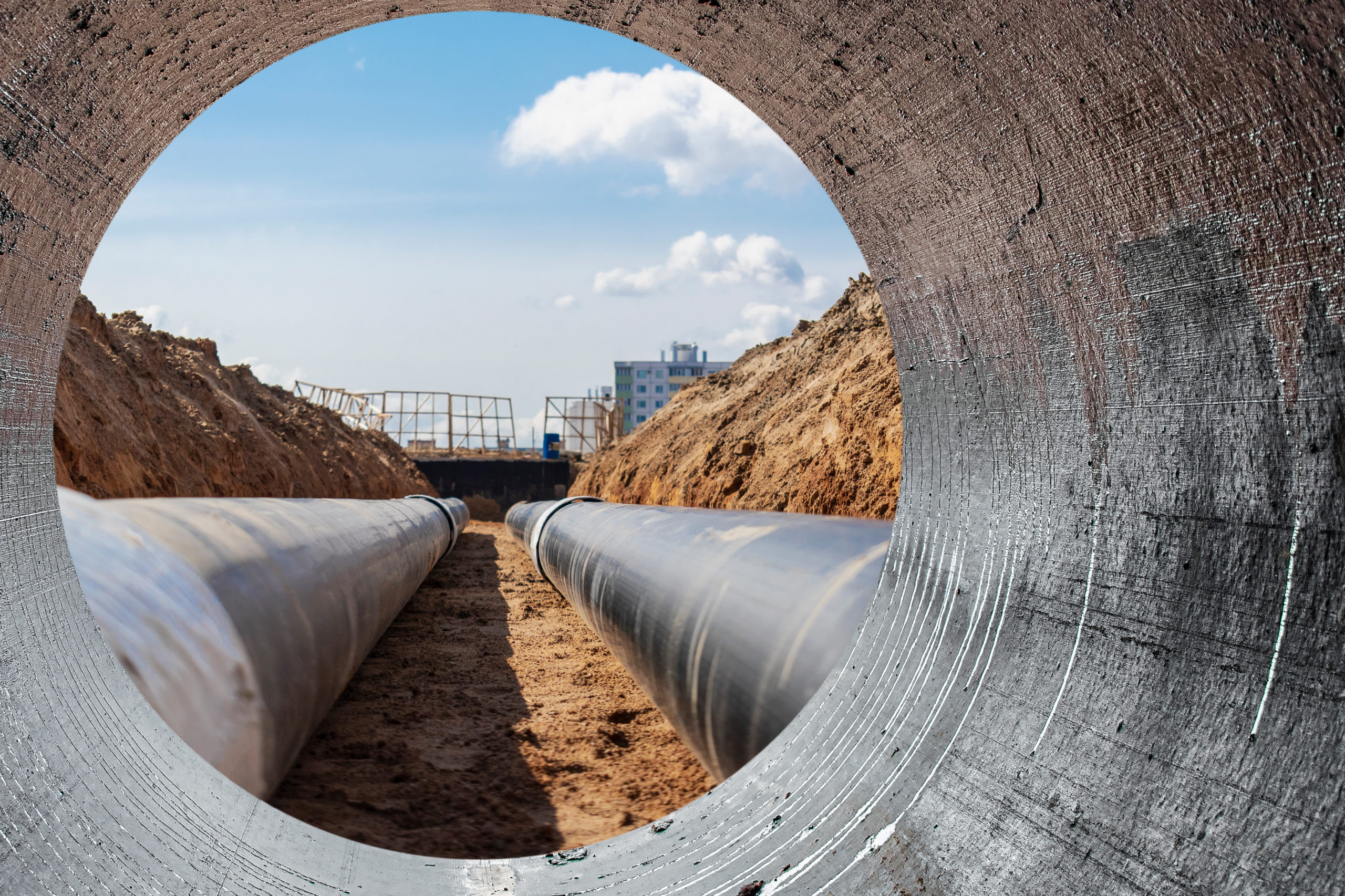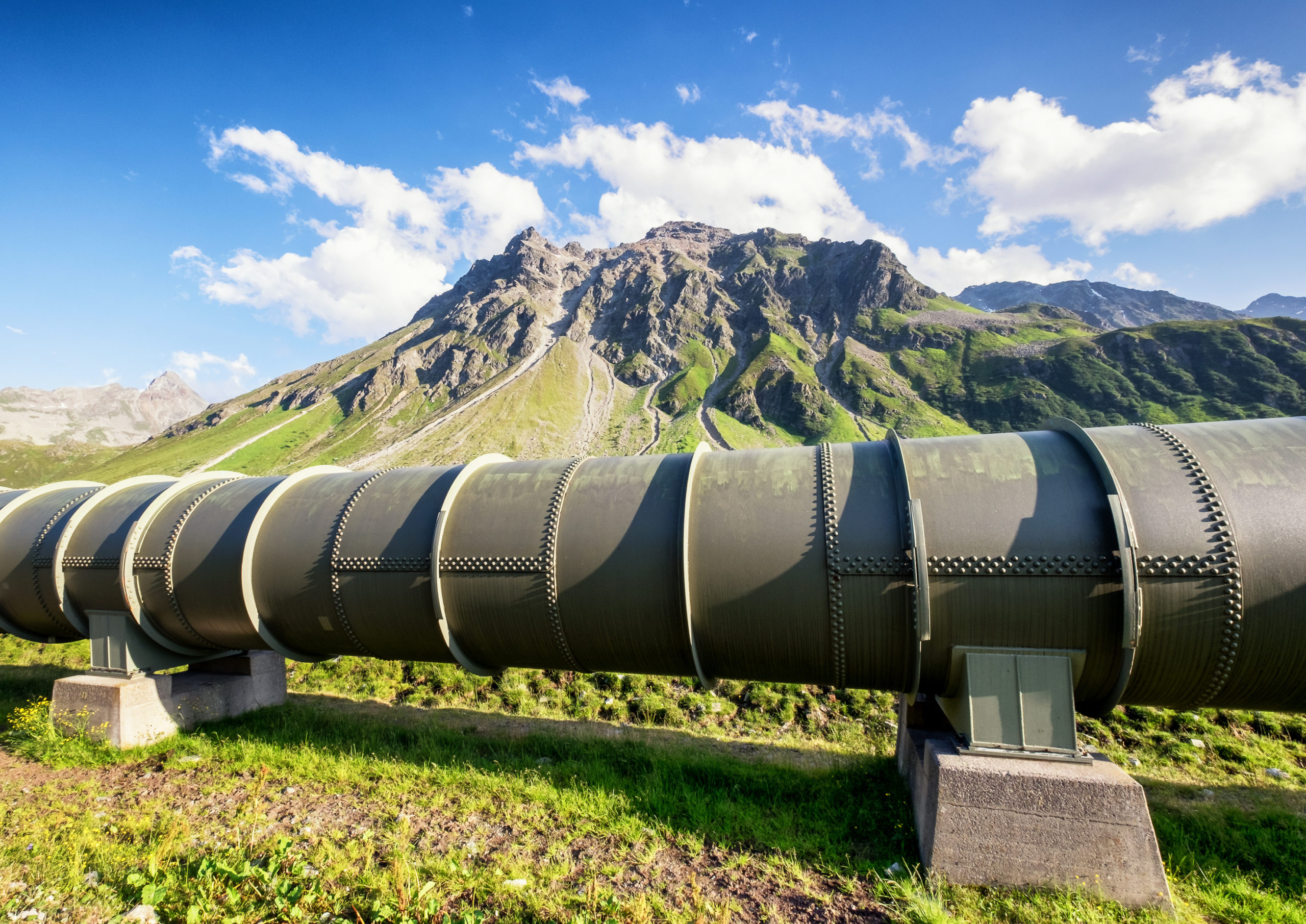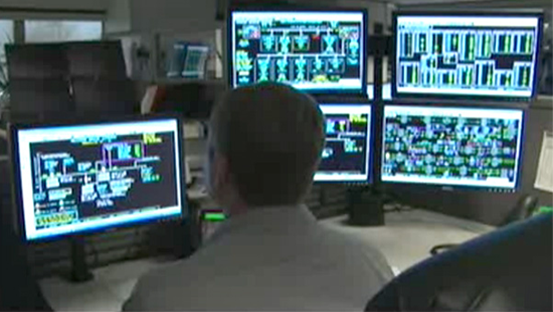
Natural gas is critical to ensuring reliability of the electric grid. It’s affordable. It’s reliable. It’s the most dispatchable fuel. As the nation’s power consumption grows, so will the need for more natural gas and related infrastructure.
To expand upon that point: On May 15, NERC released its 2024 Summer Reliability Assessment which predicted that the United States has sufficient resources to meet peak load under normal conditions this year, but that large parts of North America are at risk of shortfalls under more extreme summer conditions. FERC released its 2024 Summer Energy Market and Electric Reliability Assessment on May 23 which echoed these concerns and said that “weather services are expecting above-average summer temperatures across much of North America,” forecasting a potential energy shortfall in the coming months.
Concerns for the future reliability of our electric grid have been raised by grid operators and analysts alike and shown up in news reports over the past several months as the reality of a looming crisis nears.
“Over the past year, electric utilities have nearly doubled their forecasts of how much additional power they’ll need by 2028 as they confront an unexpected explosion in the number of data centers, an abrupt resurgence in manufacturing driven by new federal laws, and millions of electric vehicles being plugged in.”
The New York Times
“Data center electricity consumption was 2.5% of the U.S. total (~130 TWh) in 2022 and is expected to triple to 7.5% (~390 TWh) by 2030. That’s the equivalent of the electricity used by about 40 million U.S. houses – almost a third of the total homes in the U.S.”
Boston Consulting Group
“After a decade of flat power growth in the U.S., electricity demand is forecast to grow as much as 20% by 2030, according to a Wells Fargo analysis published in April.”
CNBC
In addition to the increase in the daily power load, an analysis by McKinsey & Company predicts the push to electrify our energy systems will lead to an increase of 70-110% of peak power load by 2040. This shift adds to an already strained electric grid, which, when factoring in the growth of renewables, means our grid will continue to require a fully “dispatchable” energy source to ensure reliability, the analysis states. Natural gas, which can be implemented at scale, is likely the most affordable and least carbon-intensive candidate for that role.
Through the transportation of our nation’s natural gas supplies, the interstate natural gas pipeline industry plays an important role in delivering the energy needed to provide American consumers and business with electricity. Currently, the United States has 2,077 natural gas-fired power plants, with an additional ten on the horizon in 2024. These power plants, fueled by product delivered via pipelines, are critical to ensuring we can meet rising electricity demand.
Natural gas pipeline infrastructure must be ready to deliver fuel during the hottest summer days and the coldest winter nights. Our industry’s track record is strong; an INGAA study showed that from 2006 through 2016, pipelines delivered 99.79% of ‘firm’ contractual commitments to transportation customers at the primary delivery points specified in their contract. However, the entire natural gas value chain came under scrutiny during Winter Storm Elliott. FERC and NERC concluded in their report on the storm that Winter Storm Elliott “was a supply shortage event for both the electric grid and the natural gas pipeline system.” Further, NERC observed that natural gas production “rapidly declined,” “contributing to wide-area electricity and natural gas shortages.” While the report concluded that INGAA members met the challenge posed by Elliott, there were considerable concerns with the freezing of natural gas infrastructure.
As a result, the INGAA membership has released a set of Voluntary Winterization Commitments to ensure that natural gas deliveries during cold spells remain dependable. The activities outlined in the document include commitments to ensure asset integrity, stakeholder coordination, and personnel safety, all of which are the core winterization activities undertaken by our members. However, these do not reflect all activities our members undertake as part of their winter preparations.
Importantly, the commitments note that “operators’ execution of these activities helps ensure existing natural gas pipeline systems can meet the contracted needs of our customers, especially during extreme weather events. Winter preparations alone, however, will not be sufficient to meet the United States’ future energy needs.”
Infrastructure capacity constraints remains one of the largest challenges to meeting rising demand and is something policymakers and regulators need to work swiftly to address. In 2023, our country saw the smallest increase in added interstate pipeline capacity on record. The United States needs more natural gas infrastructure to meet the growing need for electricity and to ensure that electricity remains reliable.
Our president and CEO put it best when she said “Natural gas has a critical role in ensuring electric reliability, and INGAA is committed to working with end users, including [local distribution companies] and electric generation customers, to ensure they have the natural gas they need to keep American homes and businesses running, especially during winter storms.”
Learn more about the role of natural gas pipelines in electric reliability from our latest resources and materials:







